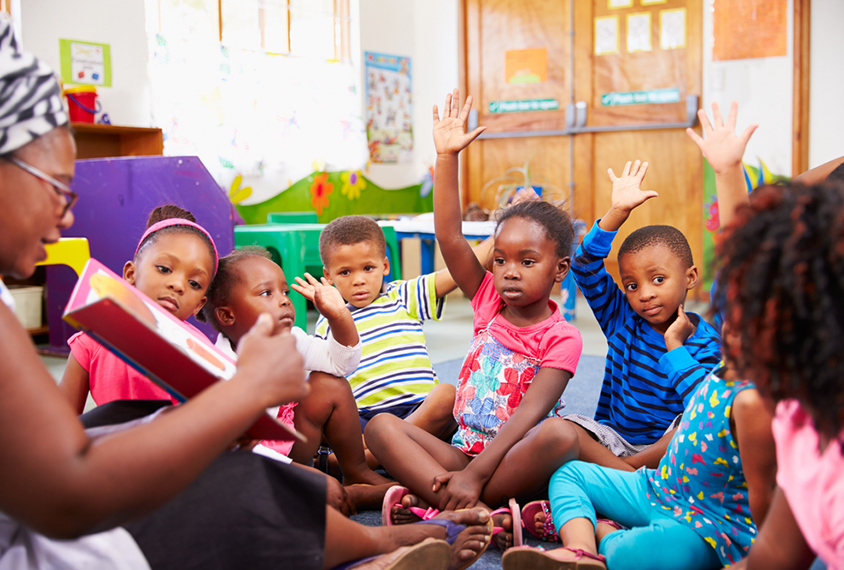
Monkey Business Images / shutterstock
THIS ARTICLE IS MORE THAN FIVE YEARS OLD
This article is more than five years old. Autism research — and science in general — is constantly evolving, so older articles may contain information or theories that have been reevaluated since their original publication date.
Only about 0.1 percent of children in the Western Cape province of South Africa have autism, according to a review of school records. The unpublished results were presented today at the 2017 Africa Regional International Meeting for Autism Research in Stellenbosch, South Africa.
The worldwide prevalence of autism is at least 10 times higher, at 1 to 2 percent. “I have no reason to believe [autism] is less common here than in the rest of the world,” says lead investigator Petrus de Vries, Sue Struengmann Professor of Child and Adolescent Psychiatry at the University of Cape Town.
Instead, de Vries says the rate could be artificially low because some children are undiagnosed, and others are not in school.
He and his colleagues arrived at their estimate by mining the province’s Centralized Education Management Information System, a database that includes diagnostic information for students. They also scanned the Consolidated Waiting List, a log of children who are waiting for school placement.
Focusing on records from 2016, they identified 1,684 children with autism in the province; 940 of the children attend schools, and the remaining 744 are on the waiting list.
South Africa has failed to enforce the right to education for many children with disabilities, according to a 2015 Human Rights Watch report. In the United States, by contrast, the Individuals with Disabilities Education Act (IDEA) grants children with autism the right to public education.
“Until I came here [to South Africa], I didn’t realize that so many of the children with autism are not in school,” says Geraldine Dawson, professor of psychiatry and behavioral sciences at Duke University in Durham, North Carolina. “It’s like the United States in the 1950s, before IDEA.”
Education estimates:
Of the 940 children with autism enrolled in schools, about 90 percent attend schools for children with special needs; only 10 percent attend mainstream schools. About 83 percent go to schools in metropolitan areas, and 57 percent speak English as their primary language.
De Vries says he suspects many children with autism are not in school or are undiagnosed, particularly if they live in rural areas or speak languages other than English.
Of the 744 children with autism on the waiting list for school, 89 percent are waiting for schools in urban areas. “The kids on that waiting list wait an average of three years,” de Vries says. “They wait at home, and they get nothing” in terms of education or treatment.
The need for access to schools is becoming more urgent. Although the proportion of children with autism in Western Cape schools grew 76 percent between 2012 to 2016, that of children on waiting lists increased 276 percent during the same period.
Autism diagnoses recorded in school records are sometimes reported by parents and teachers rather than child psychiatrists, says Sarosha Pillay, a graduate student in de Vries’ lab who presented the findings. Some of the diagnoses in the study may, as a result, be unreliable.
For more reports from the 2017 Africa Regional International Meeting for Autism Research, please click here.
By joining the discussion, you agree to our privacy policy.